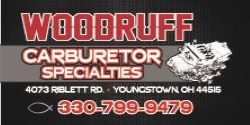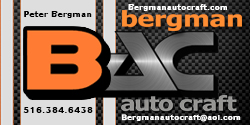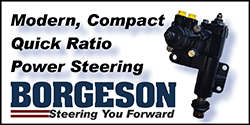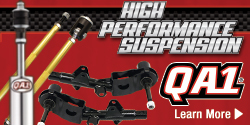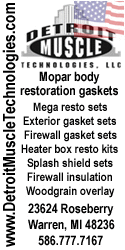The designations were switched up a little bit over the years, along with some other changes, and my advice from many years of experience:
Here's the basic history -
'81 - '83: A904 in all retail cars. 727 (36RH), all squads, all engines (Slant 6 and 318). These were all lock-ups.
'84 - mid '86: A904 (32RH) in all retail cars and squads. The 727 was only available (but not standard) in the AHV taxi models from '84 - '89. You could not get the 727 in any retail model or squad, at least in North America.
Mid -'86 to 1988: Still the 904/32RH, however, these transmissions got a different torque converter and were the first transmissions to use Mopar ATF+ (7176). This was to reduce TC shudder. 7176 later became the fully synthetic ATF+4 that everyone should be using today. Yes, you. Drain the crappy GM Dexron or equally lousy Type F, and get the best. If you order today, Stellantis will throw in some free Ginsu knives.
In '88 - '89: Chrysler began moving towards improving quality and incorporating new technology. The old A904 was basically renamed A998 (32RH), which used in retail cars, 2bbl squads, and standard in taxis. 4bbl cars got the A999 (34RH), which was originally used from '75-'79 behind the E57 360 2bbl. The 999 got stronger clutches, Kevlar bands, and a heavier TC. The 727/36RH was still optional in the taxis.
The 999 (32/33/34RH) actually continued through 2003 in some Jeeps and B-model vans. That might make it a little easier to hunt one down in the boneyard. There were some minor changes to neutral safety switches and speedometer pinion setups, but you can easily adapt a newer 999 to an M-body. Rebuild kits are very inexpensive. Use the bolt-in sprag.
Overdrive A999s appeared in pickups for '88, as the A500 (42RH). The 727-based A518 (44/46/48RH) followed.
The 42RH became the electronic 42RE in 1996, with the 44/46/48RH going to RE at the same time.
A few owners have squeezed a 42RH underneath an F/M/J with decent success. That allows one to run a little bit shorter gear, but fabrication skills are definitely required. The time to mess with that is if you have the engine out. But then it makes more sense to grab a 318 or 360 Magnum with its transmission out of a '93-'95 ZJ or Dakota.
Going into the 90's, the 904-based 4-spd autos didn't make it much past 1998, but the 727-based transmissions are still in production: In 1999, the 44RE became the 545RE, later the 645RE/RFE, and eventually the 66RE/RFE in 2007, and finally the current 68RE/RFE.
You can use an earlier 904 in an '88 or '89, but I'd advise sticking with the newer assemblies or rebuilding what you have. You can build any 904 to hold up behind any 318 or 360, but if it's a daily driver, keep the lockup feature. The old advice that lockup convertors are weak hasn't been accurate for many years, as better materials and construction methods have greatly improved their durability. Every automatic Hellcat ever built has a lockup convertor.
This advice may be unpopular with a few, but stay away from the 727. In a lighter car like the M-body, the 727 is a boat anchor. They're heavy, wrap up slower, and have a poor gear set. Case in point: some drag racers used to put 904 internals into a 727 case, just to give them a little edge off the line.
Stick with the 999.

